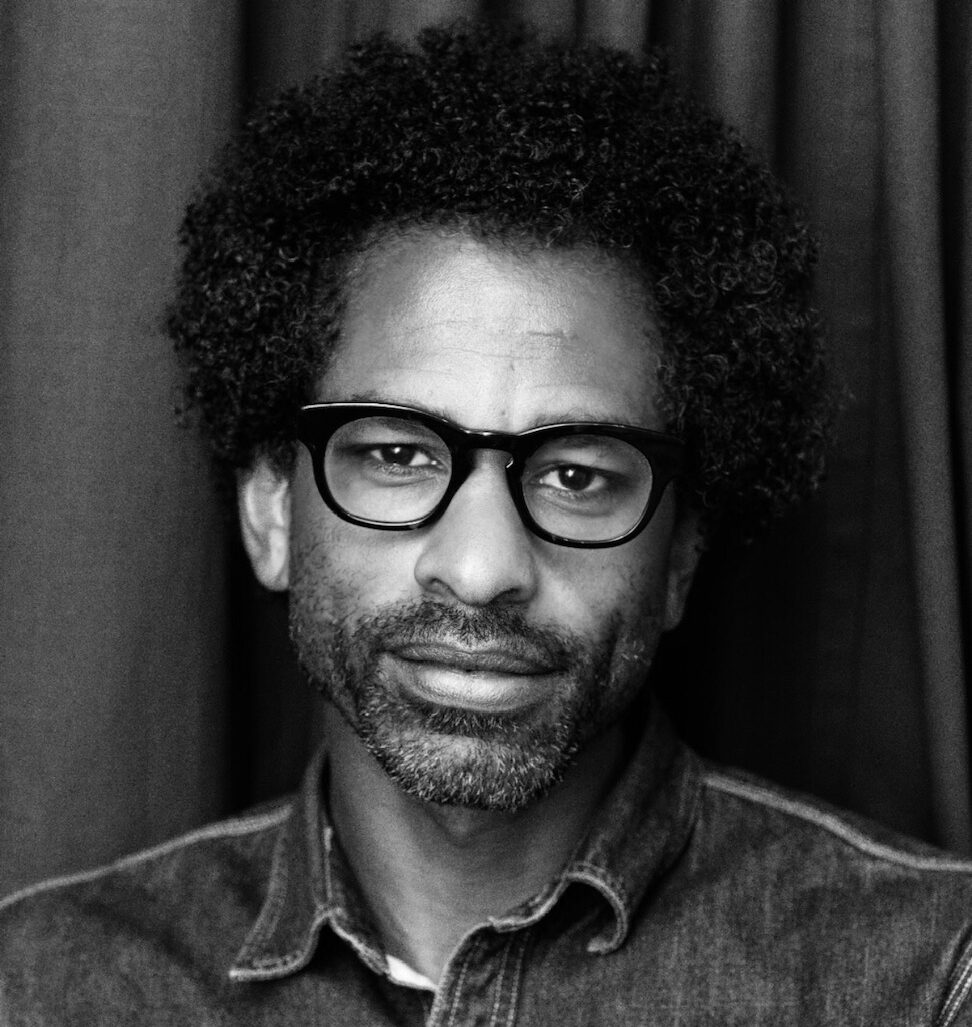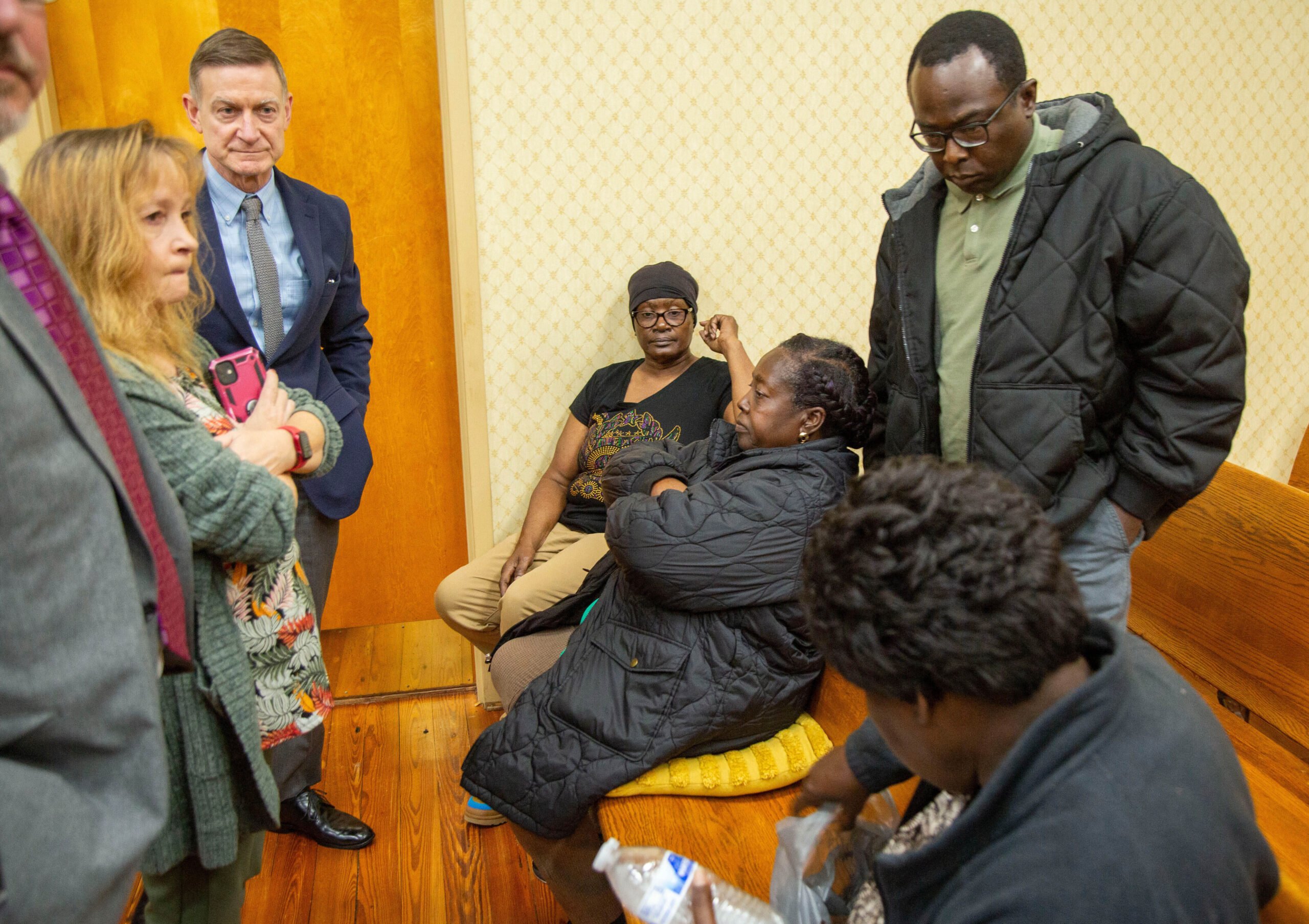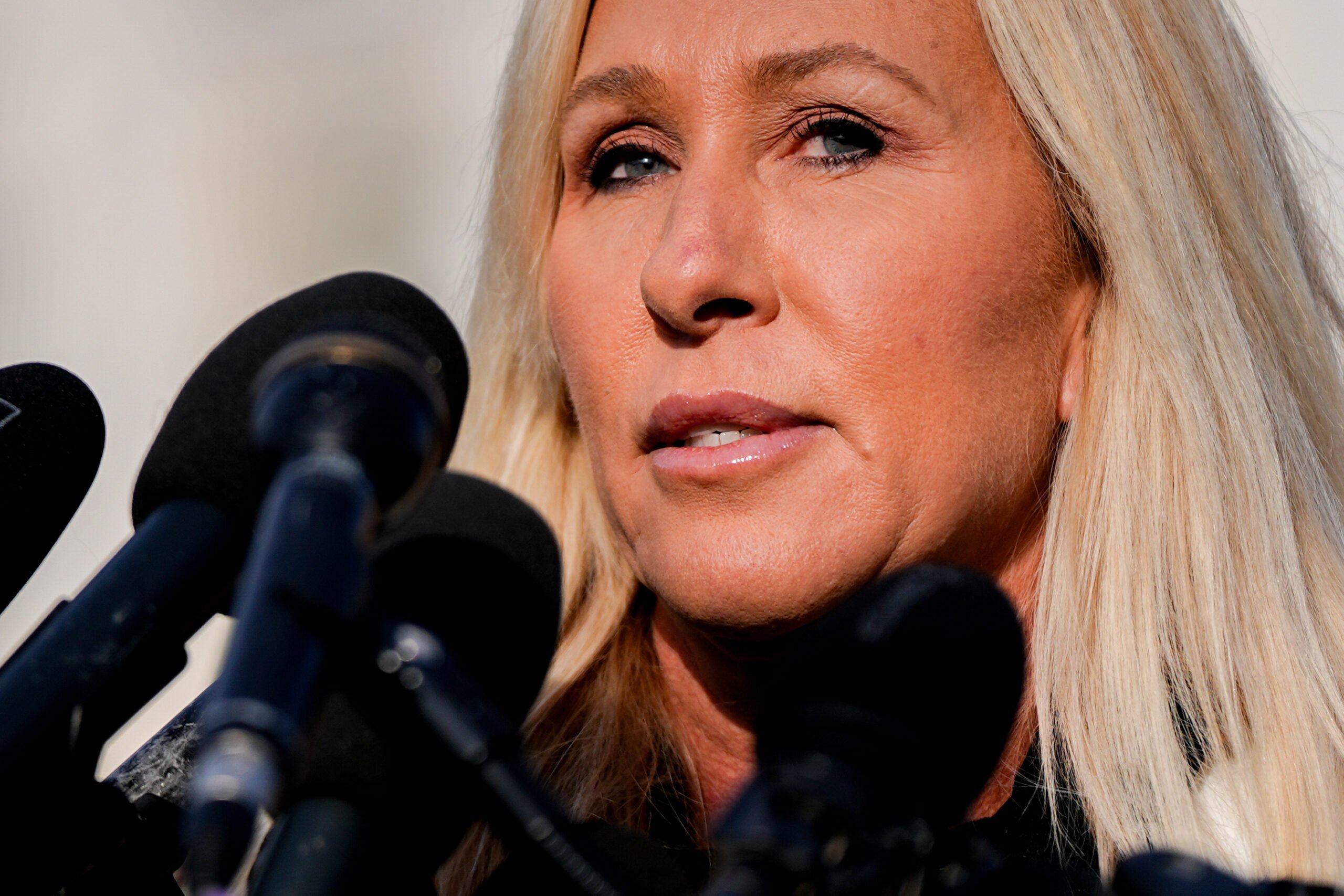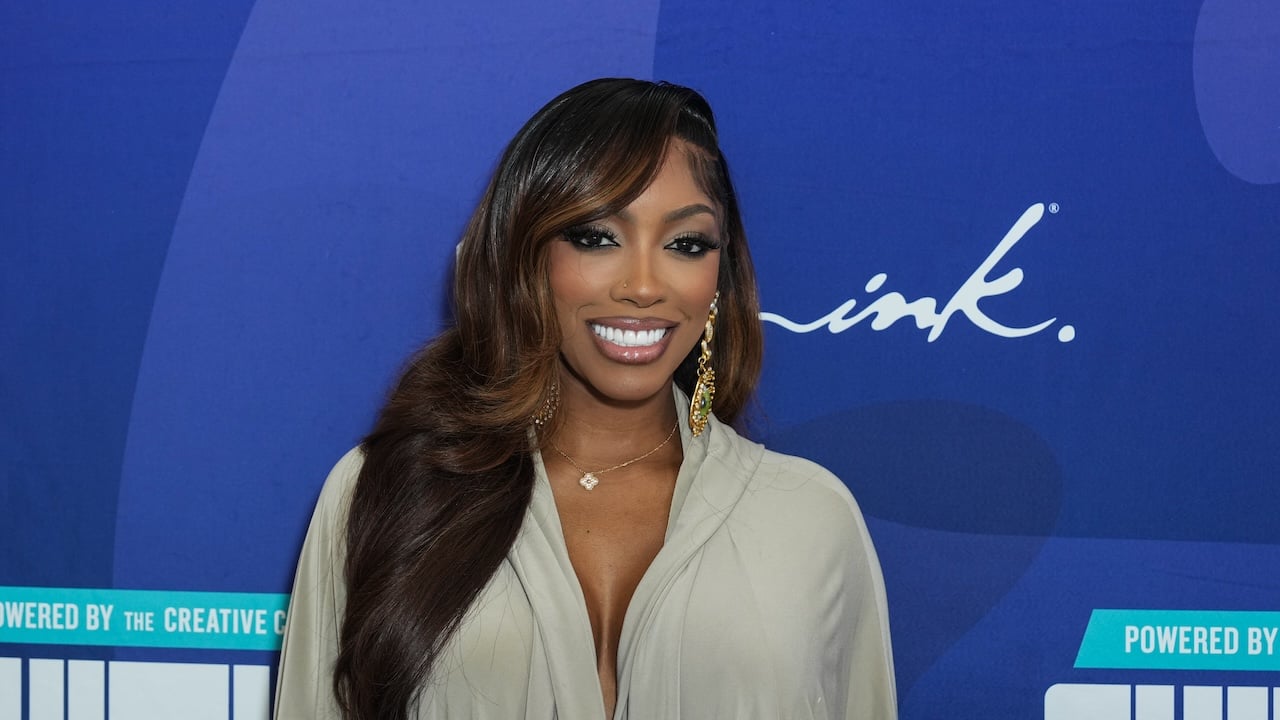Editor’s note: The following article is an op-ed, and the views expressed are the author’s own. Read more opinions on theGrio.
In Questlove’s fascinating new book “Hip-Hop Is History,” he rewrites hip-hop history to his own specifications. It’s thrilling to read a really thoughtful hip-hop history book written from the perspective of an elite practitioner who’s also a superfan and a historian. One of the first ideas that jumped out at me is how Questlove views hip-hop history: He marks 1982 as a critical juncture but also believes that every five years, there’s a significant change in the culture, enough to mark a new chapter in the genre. I wanted to look deeper and see what happened in those change years to understand what Quest is saying.
1982 was a crucial year marked by the release of two landmark singles — “The Message” by Grandmaster Flash and the Furious Five and “Planet Rock” by Afrika Bambaataa & the Soulsonic Force. With these two songs, hip-hop quickly grew more serious as a political force and as a dance-music force. These songs also had more of an epic scope than many of the songs that arrived before them. At this point, the culture was beginning to expand from a small New York subculture into a New York subculture that’s noticed by much of the country.
By 1987, hip-hop was still a growing subculture but it’s clearly national, and as a whole, it’s far more complex than it was five years earlier. This was the year that gave us the debut albums of Public Enemy, Boogie Down Productions, and Eric B. and Rakim. That group showed us how the music had grown far more political with MCs acting like they’re activists or spokesmen for the Black community. Rakim also marked a new zenith for the complexity of MCing. ’87 also gave us the debuts of Ice T and N.W.A and the major label debut of Too Short. The rise of the West Coast, specifically California from L.A. to the Bay. Now hip-hop was no longer a New York thing.
Recommended Stories
This was an era where it mattered where you were from because your place of origin shaped the sound of your music and the details in your rhymes. It was easy to tell the difference where an artist or a group was from by the sound of their music. This was a time when, as Chuck D famously said, rap is Black America’s CNN, as in, it was a way for artists to communicate nationally about the problems of their neighborhoods and the culture there as well, thus giving the rest of the world a way to peer into Compton or the Bronx or wherever you were from.
By 1992, hip-hop was moving toward becoming the dominant music culture in America, and in many ways, the sound of ’92 was totally different from the sound of ’87. In ‘92 the biggest charting songs of the year were “Jump” by Kris Kross, “Jump Around” by House of Pain, and “Baby Got Back” by Sir Mix-A-Lot. These were super pop songs made for the club with no political intentions whatsoever. At the same time, ‘92 gave us Dr. Dre’s monster album “The Chronic” as well as the debuts of the Pharcyde, Gang Starr, and Pete Rock and C.L. Smooth. This represented MCing becoming more sophisticated and also more refined. Where Chuck D, KRS and Ice T were almost shouting on the mic, Snoop, Guru and C.L. gave us a style that was much closer to talking than yelling.
1997 was dominated by Puff Daddy (now Diddy) and the Bad Boy Records family of artists. The Notorious B.I.G.’s “Life After Death” was the biggest hip-hop album of the year. Also in the top six biggest hip-hop albums of the year: Puff’s “No Way Out” and Mase’s “Harlem World.” Bad Boy produced half of the six biggest hip-hop albums of the year. And the biggest songs of the year included “Can’t Nobody Hold Me Down,” by Puff and Mase, “I’ll Be Missing You” by Puff and Faith Evans, “Hypnotize,” by Big, “Mo Money, Mo Problems,” by Big, “Feels So Good” by Mase and “All About the Benjamins” which is credited to Puff but was truly made unforgettable by Big, the Lox and Lil Kim.
I was deep in the N.Y. club scene back in ‘97, and it was normal to be at a club where the DJ was playing a string of Bad Boy records, jump in a cab where the radio was playing Bad Boy records, and then walk into another club where the DJ was already in the midst of playing Bad Boy records. This was an era of epic party records meant for the clubs that were built on simplistic samples. But this was also an era marked by post-battle sobriety: After the Pac vs Big battle ended in their deaths, the culture was very sensitive about not having that happen again.
2002 marked another sharp shift — it was the year of Eminem and Nelly. It was the rise of the Midwest as a dominant force. The biggest songs of the year were Eminem’s “Lose Yourself,” “Without Me,” and “Cleaning Out My Closet” and Nelly’s “Hot In Herre” and “Dilemma” by Nelly featuring Kelly Rowland. Eminem’s endless trolling was compelling and hysterical but also, he’s the flag-bearer for an increasingly traditional sort of hip-hop focused on beats and rhymes as Nelly was leading a movement to mash up hip-hop and R&B, creating a sound that was more radio-friendly and more crossover-friendly. Other gigantic records this year included Fat Joe’s collab with Ashanti “What’s Love” and Cam’ron and Juelz Santana’s R&Bish smash “Hey Ma.”
And on and on. We do see a significant difference in the sound of hip-hop every five years. Quest even notices that each era has a dominant drug that shapes it — he says hip-hop blossomed in disco’s cocaine era. 82-87 is shaped by malt liquor, 87-92 by crack, 92-97 by marijuana, 97-02 by ecstasy, 02-07 by sizzurp and so on.
Surely there are other important cultural markers that this structure doesn’t recognize like, say, the rise of Run-DMC, the rise of the South, and the impact of gangsta rap, but I like the way Quest views hip-hop as something that’s constantly changing and overall, I’m loving his book.
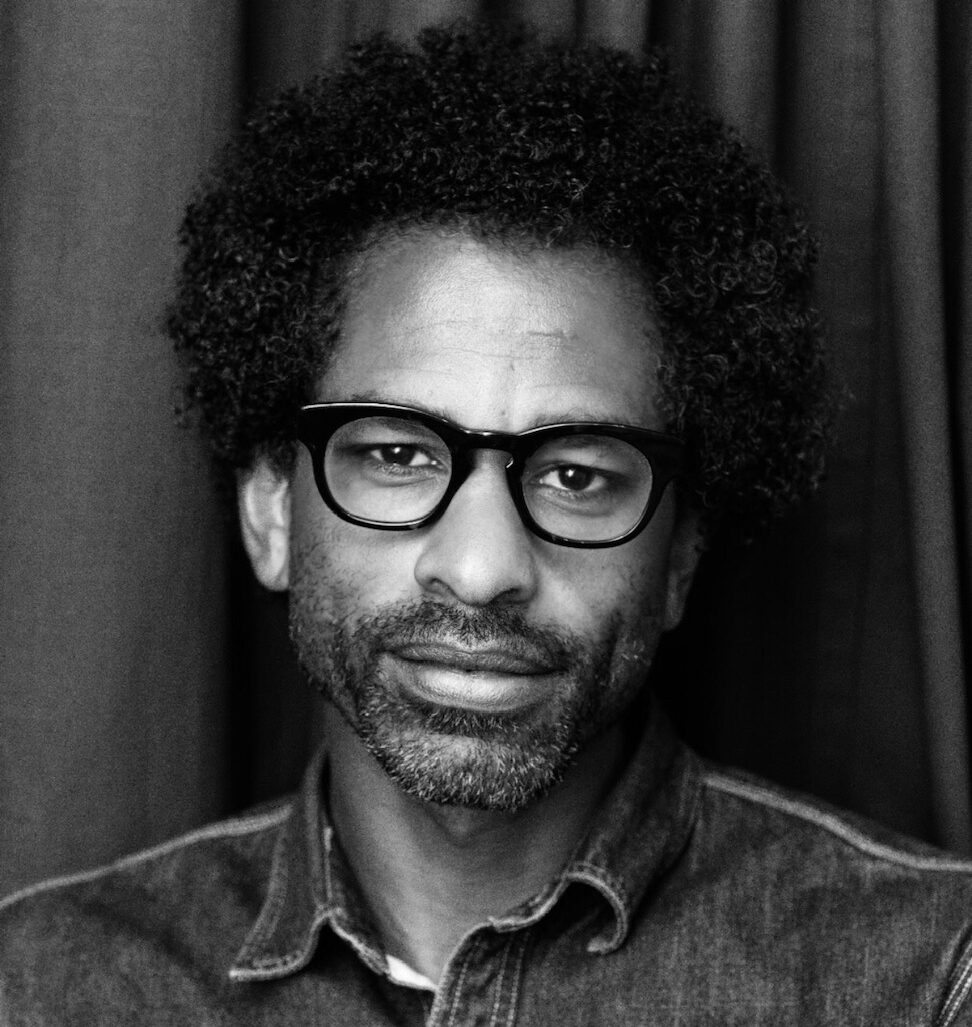
Toure is a host and writer at TheGrio. He hosts the TheGrio TV show “Masters of the Game,” and he created the award-winning podcast “Being Black: The ’80s” and its upcoming sequel “Being Black: The ’70s.” He is also the creator of “Star Stories” and the author of eight books, including “Nothing Compares 2 U an oral history of Prince.” He also hosts a podcast called “Toure Show.” He is also a husband and a father of two.


